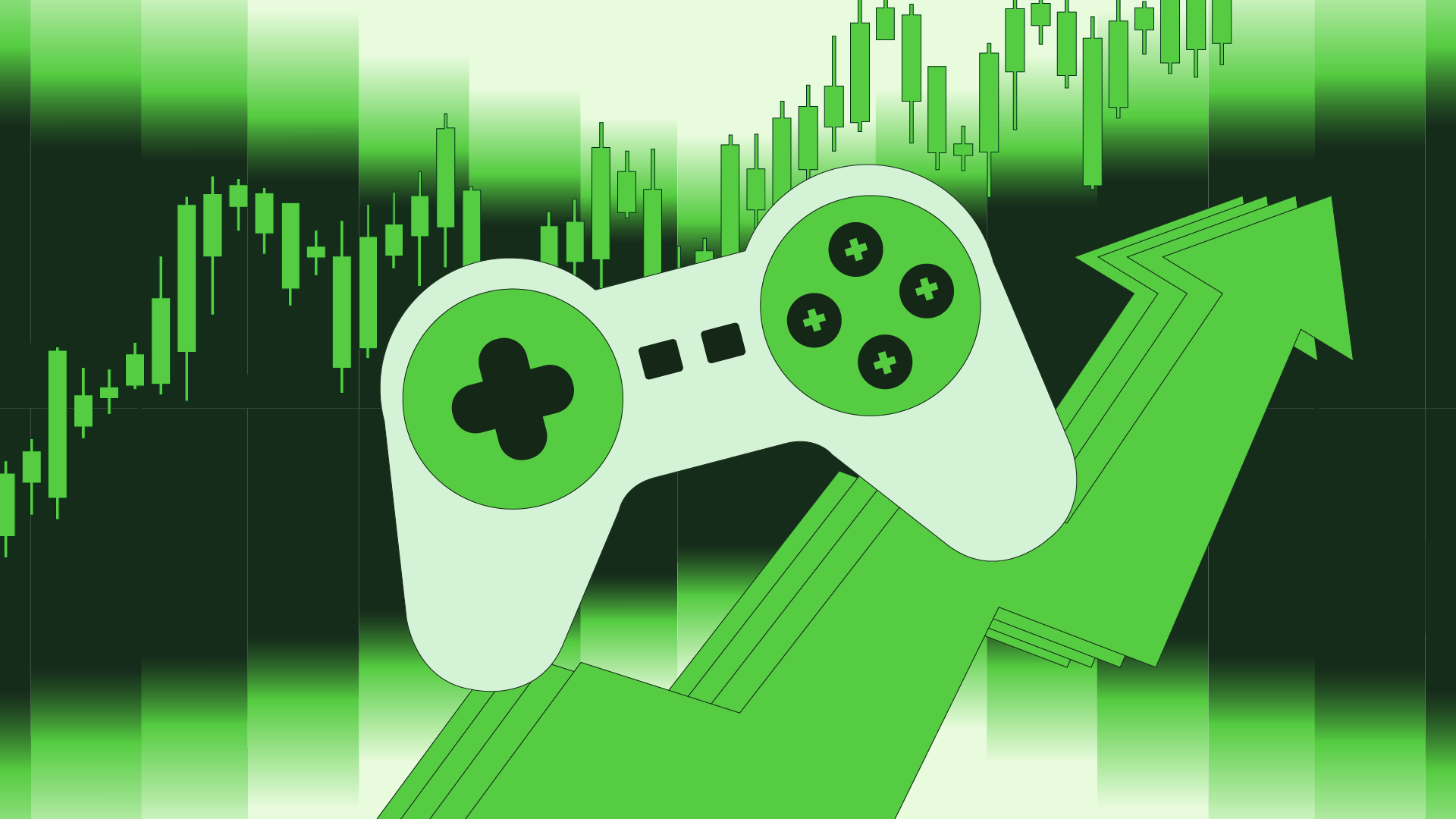Web3 Gaming Revolution The gaming business has changed dramatically, from pixelated arcade games to realistic virtual worlds driven by superior graphics and artificial intelligence. Now that blockchain technology is here, gaming is starting a new chapter called Web3 gaming. Under this paradigm change, players’ interactions with games, personal digital goods, and virtual economies are transforming. Web3 gaming is about actual ownership, decentralization, and financial empowerment, not only about playing.
Blockchain and NFTs in Web3 Gaming
Using blockchain technology, Web3 gaming generates distributed, player-driven ecosystems. Unlike conventional games in which developers control in-game assets and currencies, Web3 games let players own, trade, and profit safely from their digital assets. Blockchain’s transparency guarantees equity, and smart contracts reward and automate transactions.
Web 3 gaming depends critically on non-fungible tokens (NFTs). Unique in-game elements in NFTs include virtual terrain, weaponry, skins, and characters. Across several platforms, players may purchase, sell, and exchange these assets, therefore generating a cross-game economy. For their time and money, this invention offers gamers actual value.
Play-to-Earn (P2E) in Web3 Gaming
The play-to-earn (P2E) paradigm of Web3 gaming is among its most revolutionary features. Traditional gaming monetizing methods involve one-time purchases, in-game transactions, or subscriptions. However, Web3 gaming pays players bitcoins or NFTs for their involvement and successes. This strategy has allowed players to earn money from gameplay, particularly in underdeveloped areas.

Games like Axie Infinity, Decentraland, and The Sandbox demonstrate P2E mechanics, letting users create and exchange assets on distributed markets. Web3 gaming has erased the boundaries between games and real-world economic possibilities by shifting financial control from companies to users.
Interoperability in Web3 Gaming
Interoperability is another fundamental Web3 gaming invention. Assets in classical games are limited to one platform or environment. Should a player spend money on weapons or skins in one game, those assets lose value should the game close or the player migrate to another game.
Web3 gaming introduced cross-platform ownership, where assets are kept on the blockchain and may be used across several games and virtual worlds. For instance, a weapon bought in one role-playing game might find value in another metaverse-based battle arena. This interconnectivity produces more dynamic and engaging gaming ecosystems.
DAOs in Web3 Gaming
Using Decentralized Autonomous Organizations (DAOs), Web3 gaming is also changing under governance. These companies let users participate in the creation and running of games. DAOs let players vote on necessary upgrades, asset distributions, and game regulations rather than centralized decision-making by publishers or developers.
Web3 gaming enables the community to distribute governance and ensure that games are created according to user needs. This democratization increases players’ involvement and builds allegiance.
Roadblocks in Web3 Gaming
Despite its potential, Web3 gaming faces several challenges:
- Scalability Issues: Blockchain networks often struggle with high transaction fees and slow processing speeds, making seamless gameplay difficult.
- Regulatory Uncertainty: Governments worldwide are still figuring out how to regulate blockchain-based gaming, mainly regarding financial transactions and digital ownership.
Security Concerns: Hacks and scams are prevalent in crypto, posing risks to in-game assets and economies. - User Adoption and Learning Curve: Many gamers are unfamiliar with blockchain, wallets, and NFTs, which can hinder widespread adoption.
- To overcome these challenges, developers are working on Layer 2 scaling solutions, improved security protocols, and more user-friendly onboarding experiences to attract mainstream gamers.
Future of Web3 Gaming
The future of Web3 gaming looks promising, with continuous innovation in blockchain technology, artificial intelligence, and virtual reality. As more gaming studios integrate blockchain, the industry will witness:
- More sophisticated P2E models that combine entertainment with financial rewards.
Wider adoption of DAOs, giving players more control over gaming ecosystems.
Enhanced metaverse integration, where players can traverse interconnected virtual worlds with their digital assets.
Greater mainstream acceptance as major gaming companies explores Web3 elements. - With the rise of decentralized gaming, the traditional gaming industry may need to adapt to a future in which players are not just consumers but stakeholders in a vast digital economy.
Conclusion
Web3 gaming is a paradigm change in how games are owned, played, and monetized, not only a technical development. P2E prospects, distributed ownership, cross-platform assets, and community-driven governance all help Web3 gaming define the direction of digital entertainment. Despite obstacles, Web3 gaming is an intriguing frontier in developing the gaming business because it could create a more immersive, fair, and financially empowered gaming experience.


